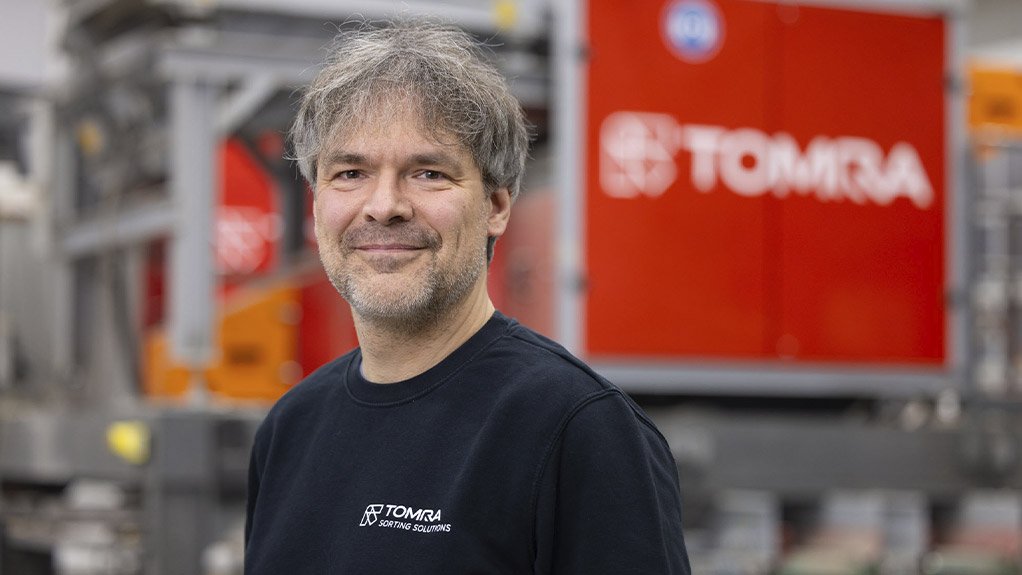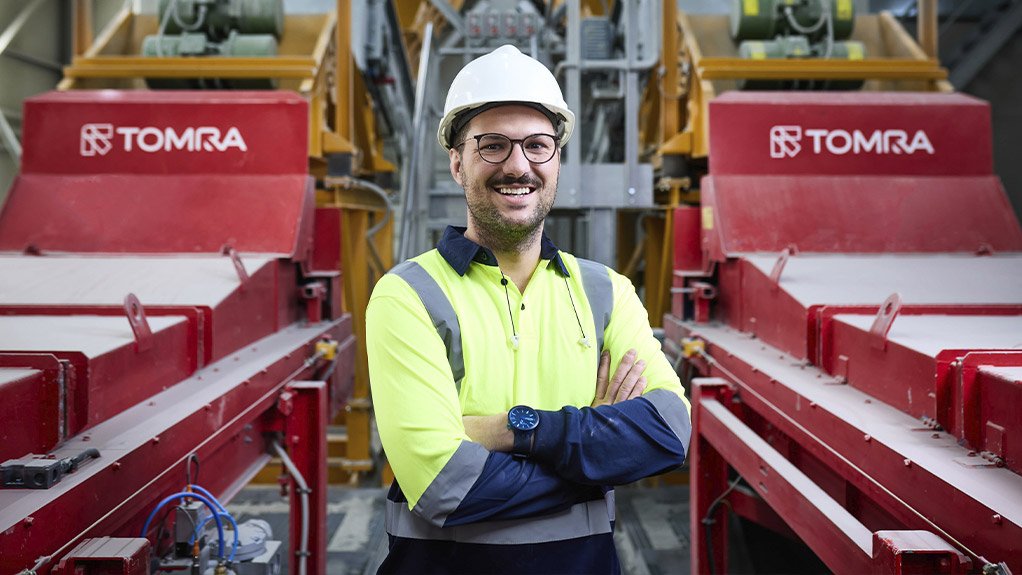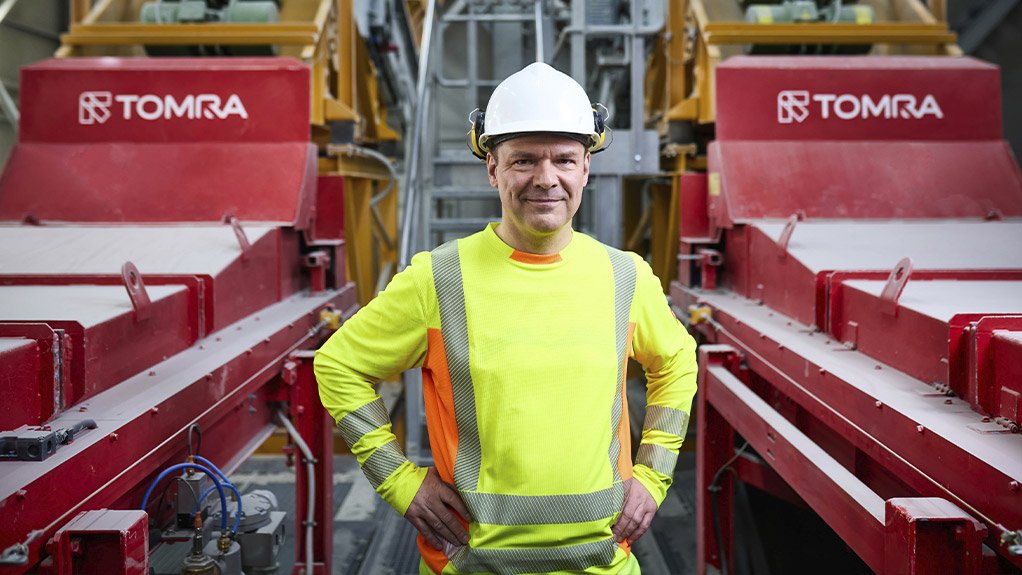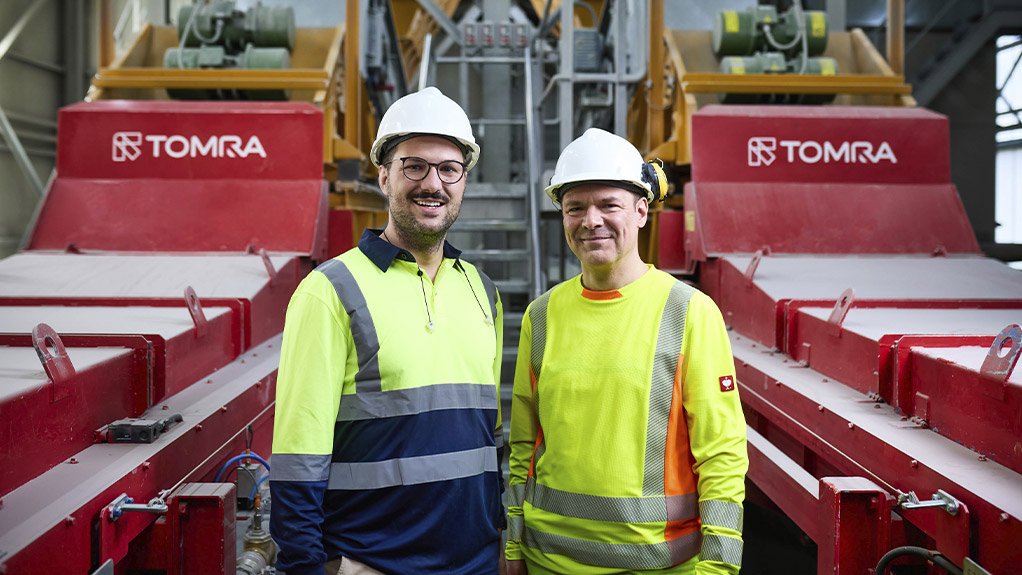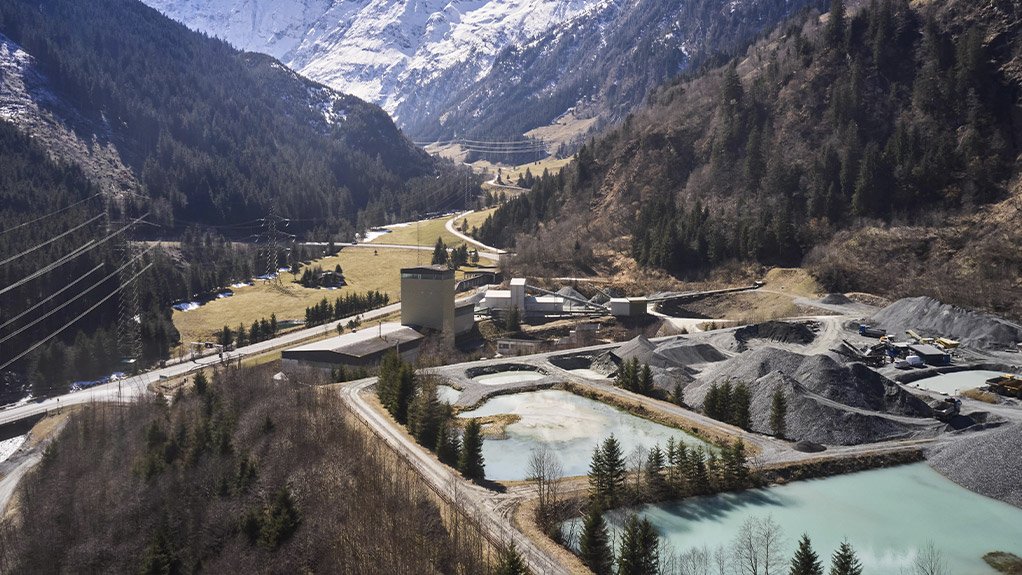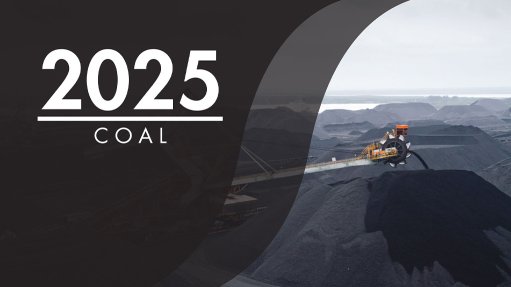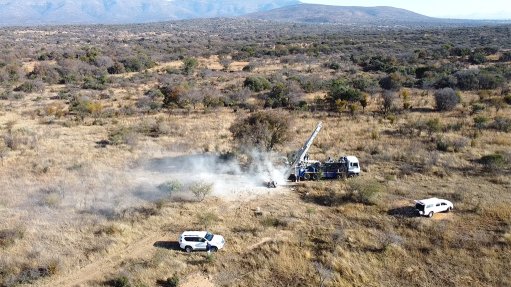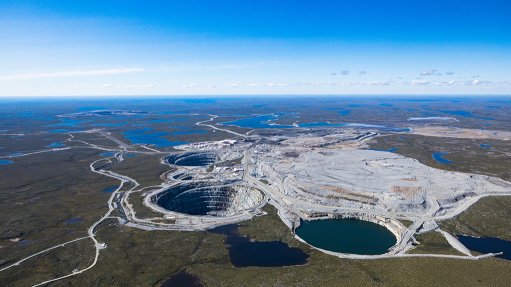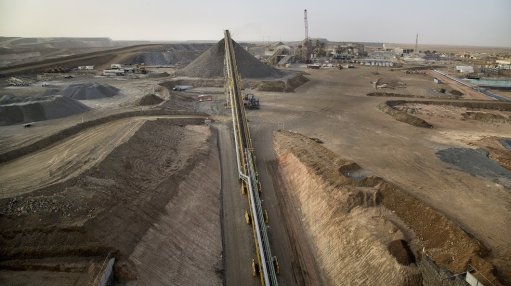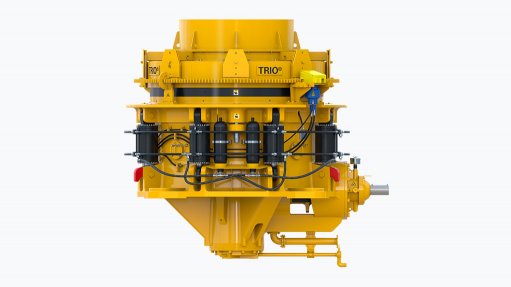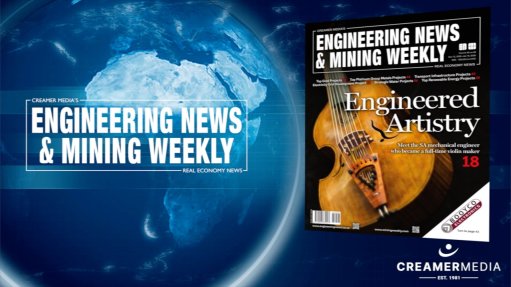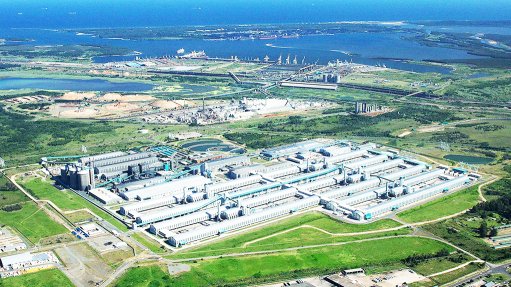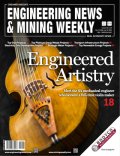TOMRA Mining launches CONTAIN™: Deep learning classification for inclusion-type ore sorting
This article has been supplied.
CONTAIN™ represents the next breakthrough in AI-powered ore sorting from TOMRA Mining – a deep learning solution purpose-built to classify complex inclusion-type ores with unprecedented accuracy. By analyzing X-Ray imagery in real time, it identifies visual patterns that traditional sorting systems miss, giving operators precise control to optimize sorting to their specific needs.
TOMRA Mining has unveiled CONTAIN™, a proprietary deep learning technology designed to enhance the recovery of inclusion-type ores that are difficult to detect using traditional sorting methods. Engineered for seamless integration with TOMRA Mining’s ecosystem, CONTAIN™ represents the latest evolution in the company’s AI-driven sorting platform.
Developed entirely in-house by TOMRA’s software engineers and mining experts, CONTAIN™ uses convolutional neural networks to perform real-time analysis of X-ray imagery, visually classifying rocks based on the probability of subsurface ore mineral inclusions. These include complex mineralizations such as in tungsten, nickel and tin ores – materials that traditionally result in high misclassification or excessive product loss.
“Our system was trained on tens of thousands of ore samples and designed from the ground up for sorting inclusion-type ores,” says Stefan Jürgensen, Software Team Lead at TOMRA Mining. “With CONTAIN, operators can dynamically adjust the grade-recovery threshold via a touchscreen interface, enabling precise control over yield and product specifications.”
Built on years of AI sorting innovation
TOMRA has been a pioneer in applying artificial intelligence to the field of sensor-based sorting for decades. The company first implemented AI-driving image processing in 1993 and later expanded its capabilities with machine learning in X-Ray Transmission (XRT) and Near-Infrared (NIR) sorting. In 2018, TOMRA established a dedicated deep learning team, accelerating the development of industrial-grade AI sorting platforms.
This early and substantial investment culminated in the launch of OBTAIN™, which introduced single-particle precision to high-throughput ore sorting. Now, CONTAIN™ builds upon this foundation with targeted classification of inclusion-type ores – pushing the boundaries of automated sorting decision-making.
Transforming pattern recognition into operational value
Unlike traditional optical sorting systems, which often have limitations in detecting low-grade or inclusion-type ores, CONTAIN™ introduces a fundamentally different approach to classification. By analyzing the structure of each rock using advanced deep learning algorithms, the system identifies subtle mineralogical patterns that indicate the presence of valuable metals such as tungsten, nickel or tin. Each rock is assigned a probability score based on its likelihood of containing mineralization below the surface, enabling precise, data-driven sorting decisions. This capability allows mining operations to adapt their strategies in real time – whether the goal is to maximize concentrate grade, minimize valuable material loss, or align with processing cost constraints.
CONTAIN™ is built for industrial-scale performance. Because it does not rely on specific throughput or spacing on the belt, the system maintains pinpoint accuracy even in dense, fast-paced input streams. This makes CONTAIN™ especially effective in high-volume processing plants where consistency, speed and recovery rates are critical to profitability.
Sorting performance across ore grades
CONTAIN™ has been engineered to handle a wide spectrum of ore grades – from high-value deposits to low-grade, inclusion-rich rocks that have historically been difficult to process efficiently. Conventional sorting systems can be configured to detect some low-grade material, but they tend to let large volumes of gangue enter the product stream, diluting output and eroding profitability. By contrast, CONTAIN™ uses deep learning to classify mineralizations with exceptional accuracy, enabling precise sorting thresholds that make the recovery of low-grade ores economically viable.
“Existing technologies can be configured to detect low-grade material in such ores, but this results in a high quantity of waste rocks being sorted into the product stream, diluting the product beyond economic viability. CONTAIN is exceptionally accurate in evaluating the value of a rock, making sorting thresholds for such relatively low-grade ores economically viable,” explains Stefan Jürgensen, Software Team Lead at TOMRA Mining.
To date, the system has been trained on tens of thousands of ore samples and is particularly effective in classifying ores containing tungsten, nickel and tin – all of which feature distinct inclusion patterns visible on X-ray scans. In addition, TOMRA is actively testing CONTAIN™ on gold, chromite, and is exploring expanded applications in iron and copper. While still in the early stages, initial results indicate promising possibilities for expanding applications across a broader range of ore types.
Proven success at Wolfram Bergbau
Field trials at Wolfram Bergbau in Mittersill, Austria, confirmed the transformative potential of CONTAIN™. Integrated alongside TOMRA’s latest COM XRT and OBTAIN™ technologies, the system delivered immediate performance gains. The operation rapidly increased total plant throughput by eight percent, achieved a 33% reduction in ore mineral losses, and recorded its lowest-ever tails grade. The visual impact of the improvements was so striking within the first minutes of operation that the team immediately requested a second installation.
What truly set CONTAIN™ apart was its ability to identify tungsten-bearing inclusions that would otherwise go undetected — particularly those embedded deep within host rock. Traditional sorting systems often fail to distinguish such subtle mineralization, resulting in either excessive gangue or compromised concentrate quality. With CONTAIN™, operators were able to fine-tune the balance between grade and recovery in real time, producing consistent, high-spec output with a higher tails rejection volume and reduced ore mineral losses. The downstream effect was a more stable, efficient operation and a notable drop in overall production costs.
“We were absolutely overwhelmed by what CONTAIN™ could do. It picked up mineral inclusions we didn’t think were detectable, and did it with incredible precision even at larger grain sizes up to 65mm. It immediately changed the way we think about sorting and processing. This isn’t just an upgrade – it’s a completely new level of performance,” says David Comtesse, Production Manager, Wolfram Bergbau- und Hütten AG.
Seamless integration with TOMRA technology
CONTAIN™ was designed to complement and enhance TOMRA’s sensor-based sorting ecosystem, working in concert with COM XRT and OBTAIN™ to deliver a comprehensive, multi-layered approach to ore processing. While each technology plays a distinct role – from density-based separation to particle detection and deep learning classification – they share a unified interface and operational synergy.
This integration gives mining operations the ability to fine-tune performance across the entire sorting line, with data-driven control and real-time responsiveness. Whether the focus is on maximizing recovery from complex ores or achieving tighter product specifications, the combination of TOMRA’s technologies provides unmatched flexibility and precision in inclusion-type ore sorting. It also simplifies system scalability, allowing plants to evolve their capabilities without overhauling existing infrastructure, protecting both performance and long-term investment.
Article Enquiry
Email Article
Save Article
Feedback
To advertise email advertising@creamermedia.co.za or click here
Press Office
Announcements
What's On
Subscribe to improve your user experience...
Option 1 (equivalent of R125 a month):
Receive a weekly copy of Creamer Media's Engineering News & Mining Weekly magazine
(print copy for those in South Africa and e-magazine for those outside of South Africa)
Receive daily email newsletters
Access to full search results
Access archive of magazine back copies
Access to Projects in Progress
Access to ONE Research Report of your choice in PDF format
Option 2 (equivalent of R375 a month):
All benefits from Option 1
PLUS
Access to Creamer Media's Research Channel Africa for ALL Research Reports, in PDF format, on various industrial and mining sectors
including Electricity; Water; Energy Transition; Hydrogen; Roads, Rail and Ports; Coal; Gold; Platinum; Battery Metals; etc.
Already a subscriber?
Forgotten your password?
Receive weekly copy of Creamer Media's Engineering News & Mining Weekly magazine (print copy for those in South Africa and e-magazine for those outside of South Africa)
➕
Recieve daily email newsletters
➕
Access to full search results
➕
Access archive of magazine back copies
➕
Access to Projects in Progress
➕
Access to ONE Research Report of your choice in PDF format
RESEARCH CHANNEL AFRICA
R4500 (equivalent of R375 a month)
SUBSCRIBEAll benefits from Option 1
➕
Access to Creamer Media's Research Channel Africa for ALL Research Reports on various industrial and mining sectors, in PDF format, including on:
Electricity
➕
Water
➕
Energy Transition
➕
Hydrogen
➕
Roads, Rail and Ports
➕
Coal
➕
Gold
➕
Platinum
➕
Battery Metals
➕
etc.
Receive all benefits from Option 1 or Option 2 delivered to numerous people at your company
➕
Multiple User names and Passwords for simultaneous log-ins
➕
Intranet integration access to all in your organisation



